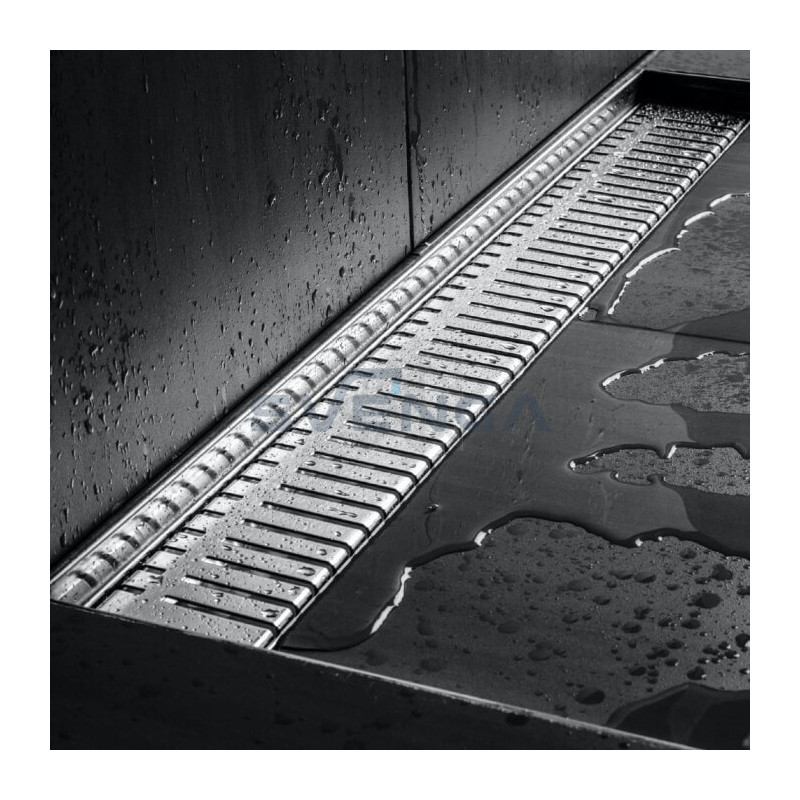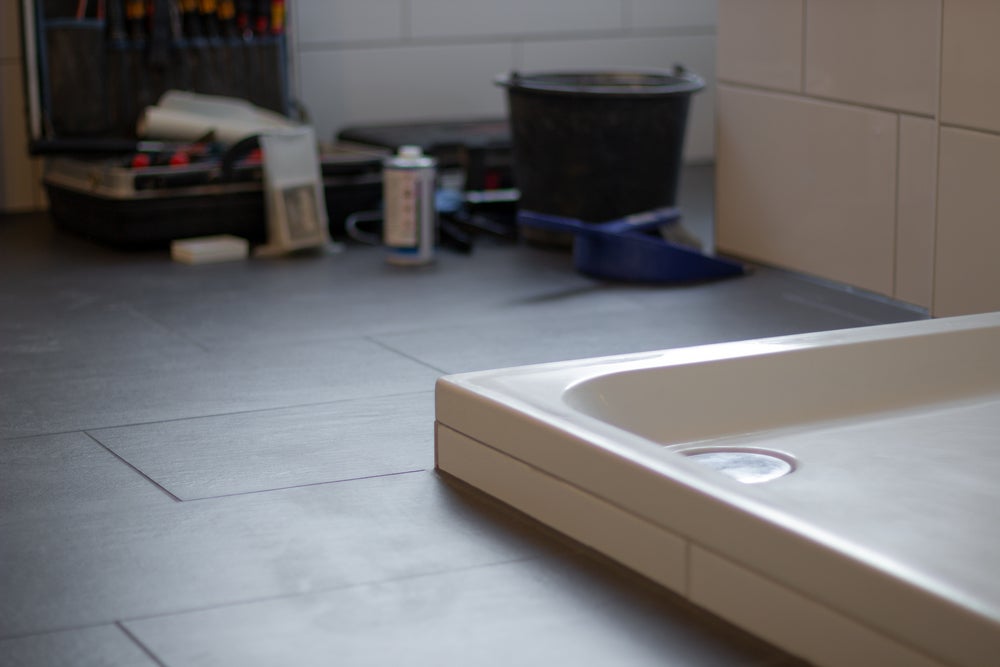How To-Tips for-Step-By-Step Guide on DIY-Do-It-Yourself-Self-Installed Shower Drain-Bathroom Drain-Drainage System Installation-Setup-Project
How To-Tips for-Step-By-Step Guide on DIY-Do-It-Yourself-Self-Installed Shower Drain-Bathroom Drain-Drainage System Installation-Setup-Project
Blog Article
The publisher is making a few great pointers about Easy Shower Drain Installation Tips as a whole in this great article below.

Upgrading a washroom is among the extra preferred residence enhancement tasks. Managing the plumbing for draining your shower can be exceedingly straightforward unless you go overboard.
Managing Your Own Shower Drainpipe Installment Task
Whether you are a bath tub or shower person, most people seek shower only choices when purchasing a home. This simple truth indicates greater than a few property owners invest a weekend break upgrading or setting up showers in their shower rooms. Fortunately for you, it is a relatively basic process.
A collector or frying pan refers to the straight surface located at the bottom of the shower. The collection agency typically consists of a non-slip surface area somewhat banked towards the center or any place the drainpipe is located. Integrated with three to four inch walls around the side, the goal of your shower drainage plumbing is to obtain the water to flow to and down the drain.
You can literally develop a collector for your brand-new shower, however you really require to think about it. Do you actually want to enter the complications of getting the sloping proper, not to mention making certain every element of it is water-proof? As well as I imply every aspect! It is a lot easier to merely get a pre-cast enthusiast online or at your regional Lowes, Home Depot or hardware shop. Building one could sound like a great idea, however you will most likely feel in a different way after a couple of hours.
Regardless of just how you deal with obtaining a pan, you should strive to utilize one that has the drain situated in the very same place as the initial pan. Moving the drain pipelines can be a job, particularly if the building contractor utilized an unique framework structure. If you are figured out to move the drain, you are mosting likely to have to cut down the pipeline or lengthen it, which may suggest ripping up big portions of the floor. Put another way, you are mosting likely to be looking at a several weekend break task.
Thinking we have our drain lined up, the real hook up is fairly easy. The drain pipeline must be encountering vertical approximately the collector. It will certainly commonly resemble a "U", which suggests it acts as a cleanout to keep nasty scents from returning up from the drainpipe. To link the drain, you are going to develop a water tight link in between a drainpipe cap on the top of the pan and the drainage pipeline. Systems differ, yet you are generally mosting likely to do this by putting a coupling item on the top of the water drainage pipe. This is after that covered with gaskets as well as essentially screwed into the drain cap. The drainpipe cap need to serve as a locknut, to wit, it screws straight onto the coupling.
The challenging part of this process is obtaining your drain cap to fit into a leak-proof placement in the pan. This is accomplished by withdrawing the drain cap when you are sure every little thing meshes. Then, you placed plumbing professionals putty around the bottom of the cap and then screw it back on. The putty must form a tight seal in between the cap and the shower pan, which maintains water from trickling under it as well as into the mounting under the shower.
Undoubtedly, bathroom showers been available in a wide variety of styles these days. If you buy an enthusiast, they often featured plumbing guidelines or the shop can note anything uncommon you should understand. It seems intricate, yet is typically pretty straight forward. Enjoy!
Tips for Installing a Shower Drain Assembly
Renovating a bathroom can be exciting as well as fulfilling if you’re tackling the job DIY-style. After you cross off the bigger decisions such as tile style, paint colors, and fixtures, you’ll need to finalize smaller details – such as the shower drain. In this article, we’re sharing some tips for selecting and installing the right drain assembly for your updated shower.
What is a shower drain assembly?
Shower bases or pans typically only come with a pre-drilled drain hole. Since the pan slopes toward the drain, you should consider the placement – left, center, or right – when designing your shower. You’ll need to purchase and install a shower drain assembly that connects the shower pan to the drain pipe underneath the shower. There are a few types of assemblies, which will be covered below.
Size of a shower drain
When it comes to installing drains, size matters. The recommended pipe size for a shower drain is 2 inches, whereas most tubs use 1.5-inch pipes. Why the difference?
Shower pans are shallower than tubs, so there’s a higher risk for overflow. So, the larger pipe allows for quicker draining. If you are replacing an old tub with a newer stand-up shower, you will need to make additional plumbing adjustments to accommodate the 2-inch pipe.
Types of shower drain assemblies
There are three common types of shower drain assemblies: compression shower drain, solvent-glue shower drain, and tile shower drain. The layout, design, and materials of your shower can determine which type of shower drain assembly will work best.
Compression shower drain
This type of assembly attaches to the drain pipe with compression washers and nuts. The drain fitting is typically installed into the base, and then the base is installed into the bathroom floor. This makes compression-style drains easier to install than other options, particularly if you don’t have easy access from the floor under the shower base. Drains are available in a wide range of materials such as PVC (polyvinyl chloride), ABS (Acrylonitrile Butadiene Styrene), and brass, and can be used for acrylic, fiberglass, and steel shower bases.
Solvent-glued shower drain
Made of either polyvinyl or ABS, this type of shower drain is sealed to the drain pipe with solvent glue and silicone. Since you’ll be working underneath the drain pan, we only recommend using this type of drain if you have access under the shower, such as from a basement or crawlspace. It’s also important that you match the type of plastic of the drain with the drainpipe. If you take these precautions, you can install a solvent-glued drain assembly with acrylic, fiberglass, and steel shower bases.
Tile shower drain –
Drain assemblies for custom tile showers feature a waterproof membrane liner placed between two flanges. The tile is installed on top of the liner, collecting any water that seeps through the porous grout. A metal strainer is installed in line with the tile over the drain.
https://www.epshawaii.com/blog/tips-for-installing-a-shower-drain-assembly/

We had been guided to that write-up about How to Install or Replace a Shower Drain through an associate on a different website. If you appreciated our post plz remember to pass it around. I am grateful for your time. Visit again soon.
Report this page